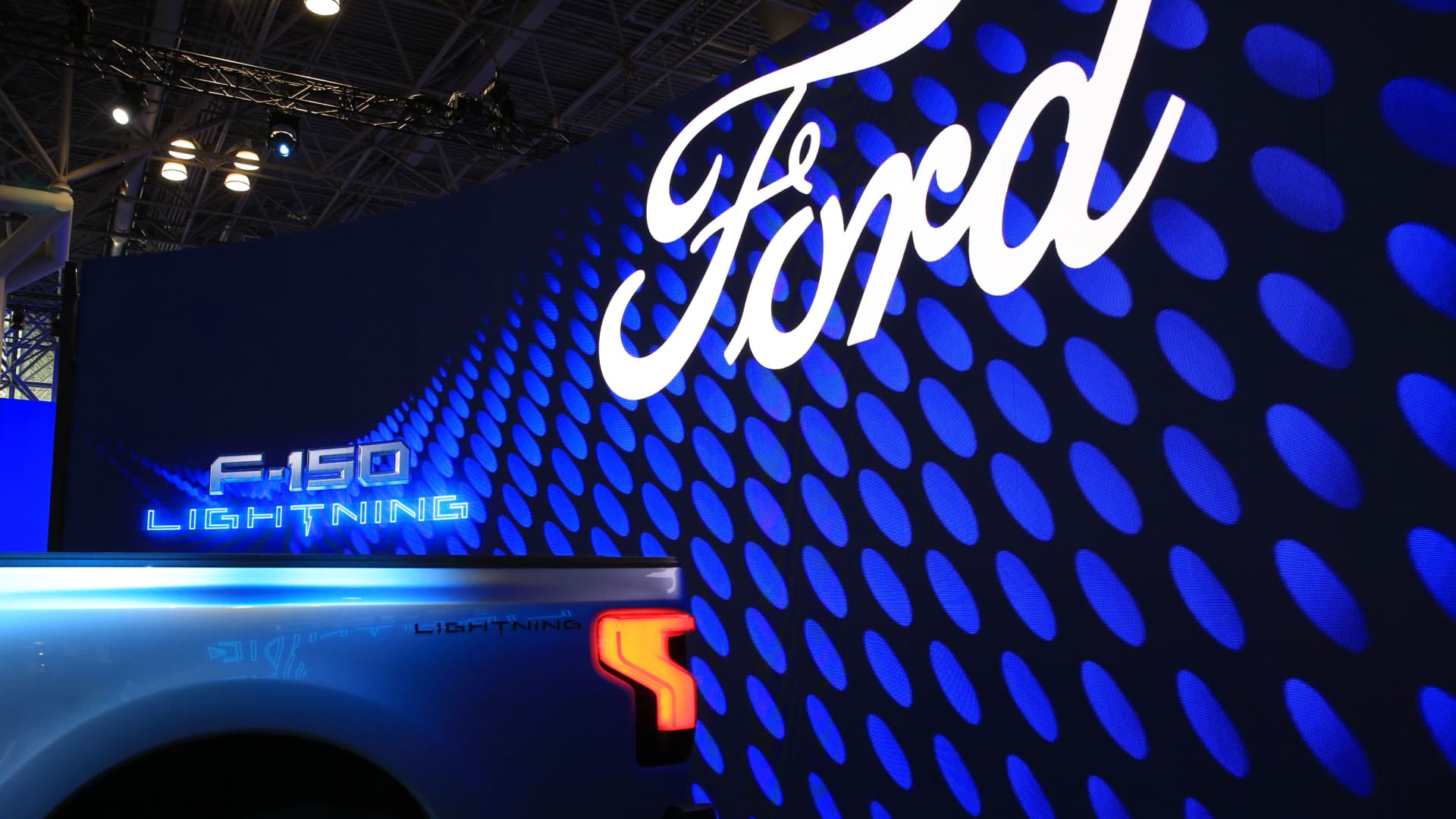US Markets
Friday, January 19th, 2024 4:45 pm EDT
Key Points
- Salad and Go’s Rapid Expansion: Salad and Go, an emerging player in the quick-service restaurant (QSR) industry, is rapidly expanding and posing a competitive challenge to Sweetgreen, a notable salad chain. Founded in 2013, Salad and Go has grown to over 100 locations, nearing the store count of its publicly traded rival, Sweetgreen. With backing from private equity firm Volt Investment, Salad and Go has ambitious plans for further expansion in 2024, extending beyond its Southwest roots.
- Affordability and Operational Model: A key factor contributing to Salad and Go’s appeal is its affordability, offering 48-ounce salads with chicken or tofu for less than $7, in contrast to Sweetgreen’s higher pricing at approximately $12 for a comparable salad. Salad and Go’s operational model involves commissary kitchens where ingredients are prepared and shipped to its compact locations. The absence of traditional fast-food restaurant elements like freezers, broilers, fryers, hoods, and fire suppression systems streamlines operations, allowing for quick service and low overhead costs.
- Strategic Focus on Universal Appeal and Market Expansion: Salad and Go, led by CEO Charlie Morrison, strategically focuses on making healthy food affordable and convenient, targeting unhealthy eating occasions that might otherwise be more accessible. Morrison expresses confidence in the universal appeal of the chain’s salads and highlights consistent performance across diverse markets with different income levels and demographics. The company aims for an ambitious expansion plan, with Morrison envisioning a potential footprint well into the thousands of restaurants. Unlike traditional salad chains, Salad and Go owns its restaurants, requiring more capital but providing operational advantages and mitigating labor challenges. The company runs two commissary kitchens, with plans to upgrade its Texas facility to serve up to 500 locations, including potential expansion to Atlanta. Long-term plans, including the possibility of an initial public offering, remain on the table as Salad and Go focuses on expanding its footprint and fulfilling its mission.
Salad and Go, a rising contender in the quick-service restaurant (QSR) industry, is poised to challenge Sweetgreen’s dominance with an aggressive expansion plan. While Sweetgreen had aspired to be the “McDonald’s of its generation,” Salad and Go, founded in 2013, is closing in on Sweetgreen’s store count with over 100 locations, backed by private equity firm Volt Investment. The key to Salad and Go’s appeal lies in its affordability, offering 48-ounce salads with chicken or tofu for under $7, in contrast to Sweetgreen’s roughly $12 equivalent. CEO Charlie Morrison, a former Wingstop executive, took the helm in 2022 and has overseen the chain’s footprint doubling to around 130 locations across the Southwest.
Salad and Go’s unique operational model involves commissary kitchens where produce and proteins are prepared and then shipped to its compact 750-square-foot locations. With a drive-thru-only setup and no indoor seating, the chain minimizes overhead costs, allowing for swift expansion with relatively low rent. In 2023, Salad and Go opened approximately one restaurant per week, aiming to maintain this pace in 2024, with plans to enter new markets, including Southern California. Morrison emphasizes the profitability of the chain in “established mature markets.”
The chain’s rapid service, with customers exiting the drive-thru in under four minutes on average, is facilitated by its streamlined kitchen featuring a walk-in cooler and cooling counters. The absence of freezers, broilers, fryers, hoods, and fire suppression systems streamlines operations and minimizes delays related to equipment inspections. As Salad and Go ventures into new territories, Morrison expresses confidence in the universal appeal of the chain’s salads, emphasizing consistent performance across diverse markets.
Salad and Go’s strategic focus is not on competing directly with traditional salad chains like Sweetgreen or Just Salad but on challenging unhealthy eating occasions, aiming to make healthy fare more affordable. With expansion plans that could potentially reach thousands of restaurants, Salad and Go owns rather than franchises its locations, mirroring the approach of Sweetgreen. The chain runs two commissary kitchens in Phoenix and Dallas, with plans to upgrade the latter to accommodate future growth.
Morrison envisions a large footprint for Salad and Go, drawing parallels to fast-food rivals. While capital-intensive, the chain’s ownership of commissaries mitigates labor challenges, requiring less training for restaurant workers. Long-term plans, including a potential initial public offering, are considered as Salad and Go remains focused on expanding its footprint and fulfilling its mission.
For the full original article on CNBC, please click here: https://www.cnbc.com/2024/01/19/salad-and-go-expands-as-it-competes-with-sweetgreen.html




